“Honey, I Shrunk The Ferrari!” With The Little Car Company
This UK-based enterprise does not muck about when it comes to its Junior cars.

Okay, for those born in the eighties, pardon the very obvious and, admittedly, very cheesy title reference to the 1989 Walt Disney movie ‘Honey, I Shrunk The Kids’. For those not born in the eighties, it’s a cult-classic movie about a clumsy scientist who invents a shrink-ray and accidentally shrinks down his kids and those of his neighbours. And if you know what The Little Car Company is and does, you’ll understand where I’m coming from with this little cheeky joke. See, The Little Car company simply builds scaled-down versions of some of the most historic cars ever made, and not in a Revell plastic model kit you glue together on the dinner table over the weekend. Oh no, the products coming out of the UK-based workshop are expertly hand-built ‘Junior’ cars, with every single one being an officially licensed product. And they have a rather selective set of iconic cars in their portfolio, including a drop-dead gorgeous redhead from Ferrari.
The Ferrari 250 Testa rossa
For this episode in our weekly episodic slice of motoring delight, we’re focusing on the Ferrari 250 Testa Rossa, one of the brand’s masterpiece race cars built between 1957 and 1961. This legendary car came in a few different configurations, with a body designed by Scagliette that would be revised a couple of times over the years. During its life, it won the Le Mans 24 Hours three times over four years, the Sebring 12 Hours three times, the Targa Florio and many other prolific races across the world. The car was powered by the famous three-litre V12 ‘Colombo’ engine, probably the finest engine by the Italian manufacturer ever made. This was mated to either a manual 4-speed or manual 5-speed gearbox.

As said, it came in a few different body styles, but the most famous one is perhaps the revised body for the 1958 cars. The biggest change included something that became known as the pontoon fenders, the large swooping arches over the front wheels. These were shaped to provide better cooling for the front brakes and enhance overall aerodynamic performance. The latter would prove to be a bit of a miss, as the nose became unstable at high speeds when racing down the long straights of circuits like Circuit de la Sarthe (Le Mans). On shorter tracks, with lower speeds, this was less of an issue. The rear section of the body was more conventional, with a round tail section and a fairing behind the driver to smoothen out the airflow a bit.

Because of its racing history, and the fact Ferrari built only 33 of them, it is one of the most collectible Ferraris ever made. In 2014, through a private sale, an unrestored factory-raced 1957 Ferrari 250 Testa Rossa changed hands for around USD 40 million. Depending on the specific racing heritage of an individual chassis number, it’s entirely feasible for one of the 33 to reach a hammer price far north of that should it come up for auction.

The LCC touch
Now that the background of the Ferrari 250 Testa Rossa is covered, let’s scale things down to about three-quarter-size and look at the LLC-built Testa Rossa. As said in the intro, each car is completely built from scratch, with permission of the original manufacturer, making it possible to market it as an actual Ferrari 250 Testa Rossa (or Bugatti Type 35, Aston Martin DB5 for that matter). Each car is built using the original drawings, in this case from the archives of Ferrari Classiche, the purveyor of all things regarding historic cars bearing the Prancing Horse.
Labelled a Junior car, everything is scaled down to 75% of the original car. A custom-built tubular chassis is hidden underneath a hand-beaten aluminium body that has all the curves and creases that make the real 250 Testa Rossa such a gorgeous machine. The racing car itself wasn’t a huge machine to begin with, but the Junior variant is considerably smaller of course. To put things in perspective, the 250 Testa Rossa J measures about 3 meters in length and 1.2 meters in width, compared to 4 meters in length and 1.5 meters in height.
Going into detail, the 250 Testa Rossa J is built like a proper little racer. It has coil-over suspension, Pirelli tyres, Brembo brakes from a Ducati Superbike, and more. The leather used in the interior comes from the same supplier used by Ferrari, with permission of course, and you can even opt for Borrani wire wheels. This company built the wheels for the actual 250 Testa Rossa race car. The dashboard is styled like the original too, with vintage gauges and controls and a proper Nardi wooden steering wheel to chuck it into a corner. There’s a set of racing liveries to choose from too, copied from the original cars, or you can spec it with a custom paintjob and racing numerals if you like, which can all be played around with in the online configurator.
The one thing that it sadly lacks though, is a Colombo V12 hidden somewhere in that curvaceous front end because it just wouldn’t fit. No, instead of a race-prepped internal combustion engine, you get a 16bhp electric motor in the back and a set of batteries. The performance isn’t going to break any records, apart from the one Top Gear set probably, but it’s not a slouch either and even has multiple driving modes. The top speed of the 250 Testa Rossa J is 80kph in the fastest setting, and per order of Ferrari, it’s faster than any other Junior car built by The Little Car Company.
Only 299 will be built and each one comes at a starting price of around GBP 100,000. Mind you, the special Borrani wheels cost about 10k for a set and with various other customisation options you can bump up that 100k price even further quite easily. However, even though this is very much a rich man’s toy, it’s nothing compared to the price of a full-size 250 TR.
The Tamiya Wild One MAX
But that’s not all The Little Car Company does, by the way. It is also responsible for bringing back a very vivid childhood memory for a lot of car guys, the Tamiya Wild One. This iconic RC car was launched by Tamiya in 1985 and became one of the most popular RC cars ever made. Even today people collect, restore and drive the vintage Wild One. You can buy one brand new if you like, but there’s an even better option if you have the case and the necessary space; the Tamiya Wild One Max.
The Wild One Max is simply put a Wild One blown up to a 1:1 scale. And it’s just not a showpiece but an actual working, driving car and can even be legalised for the road (depending on where you live). It’s as accurate to the original as it can be, with some exceptions in terms of creature comfort and driver safety. It even comes with the iconic black and red colour scheme. How cool is that? Mind you, the lifesize Wild One Max is quite a bit pricier than the RC version, at around GBP 35,000 excl. taxes. Still, should be very good fun to thrash around sand dunes!
For more information, please visit TheLittleCar.co
Editorial Note: The images are sourced from The Little Car Company, Classic Driver and Gooding & Company.


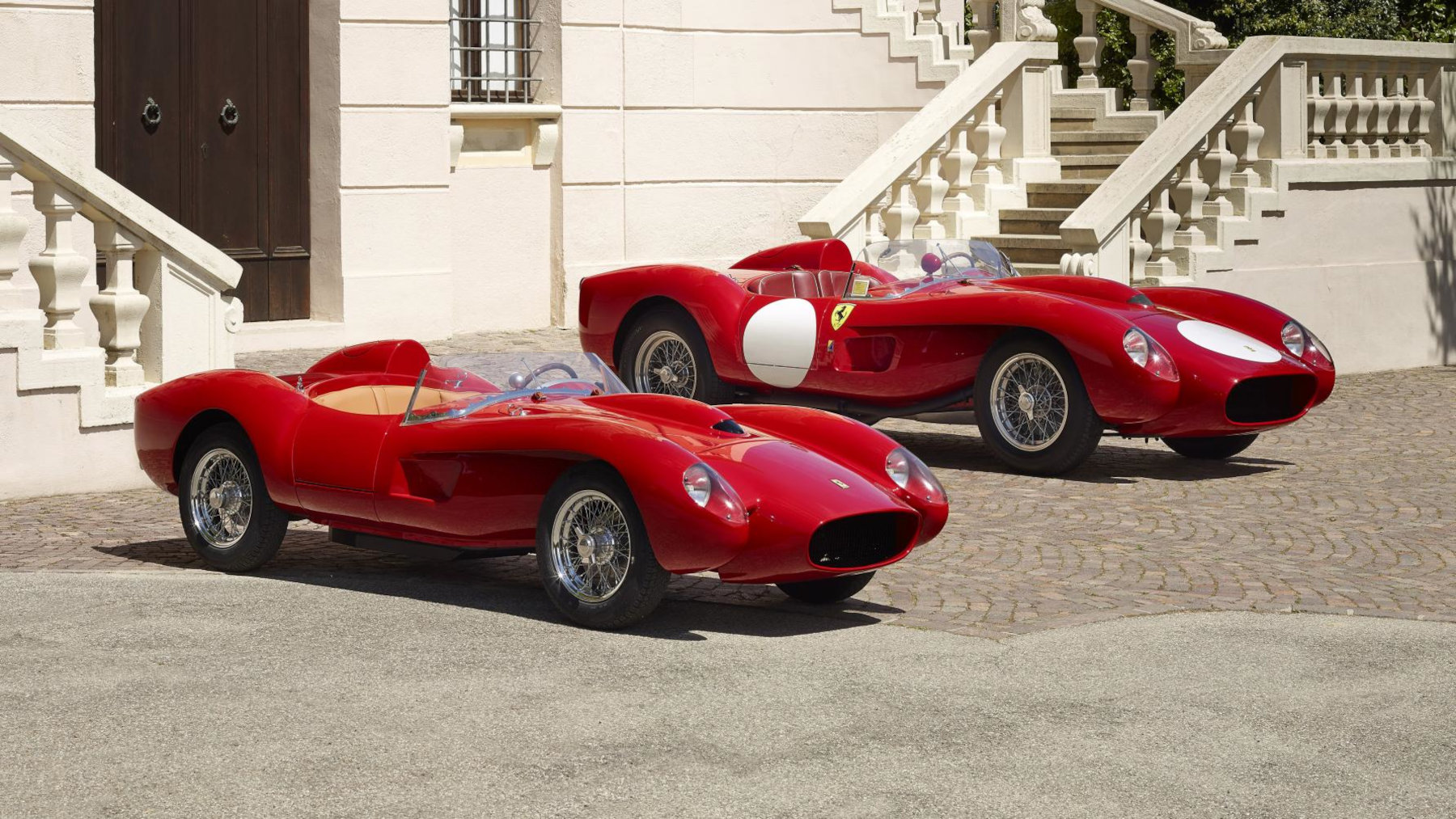




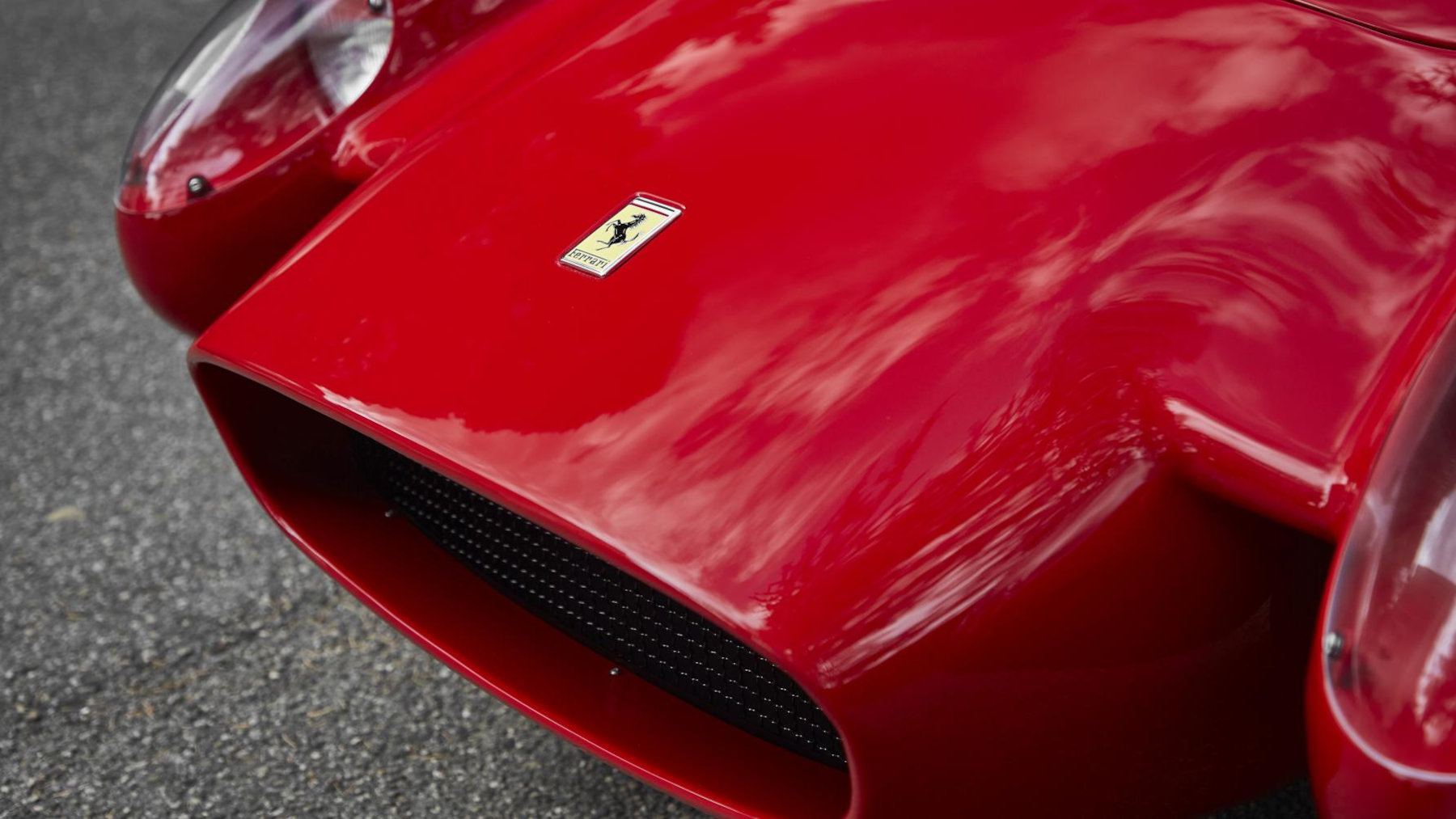

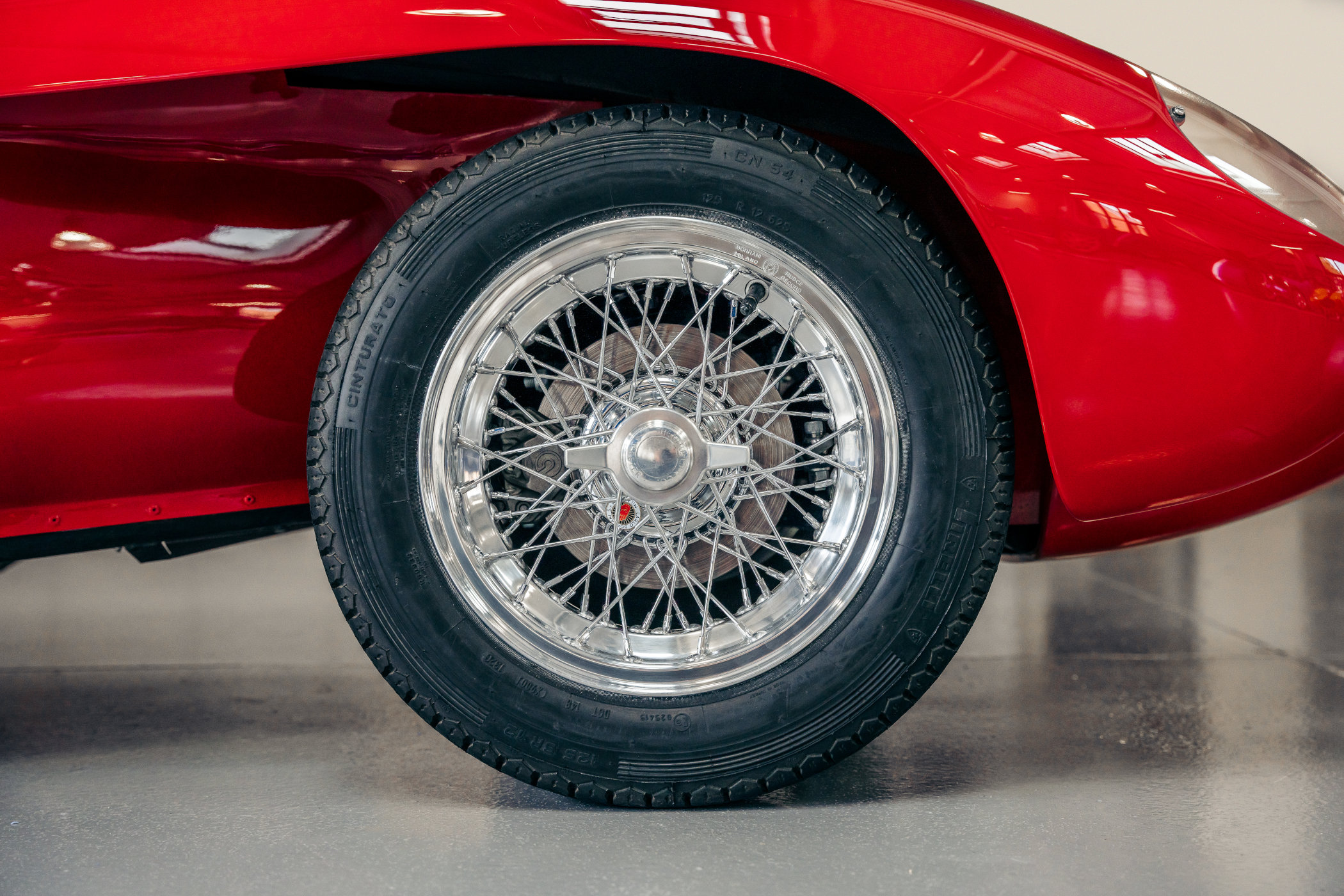

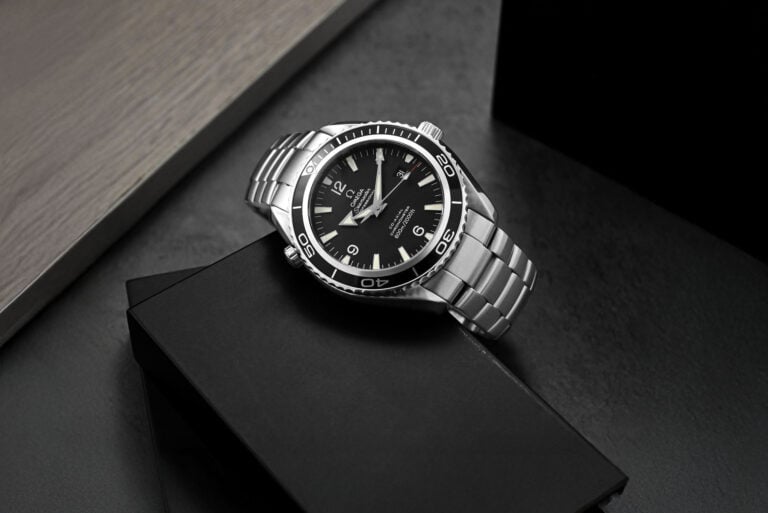
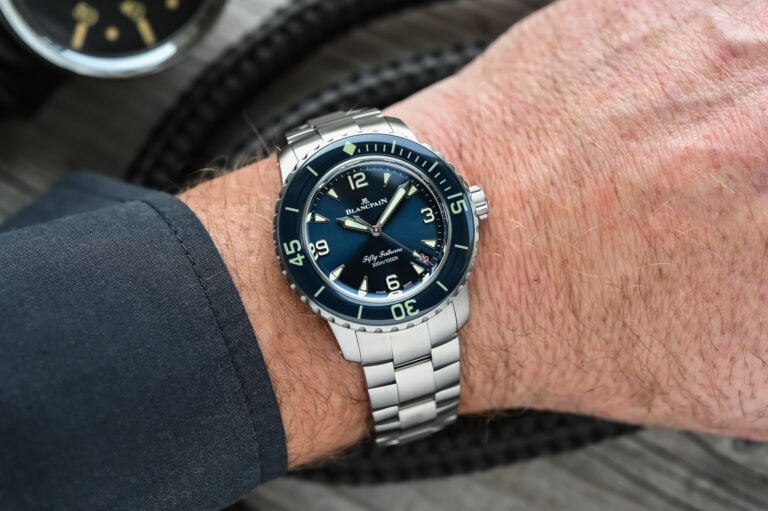
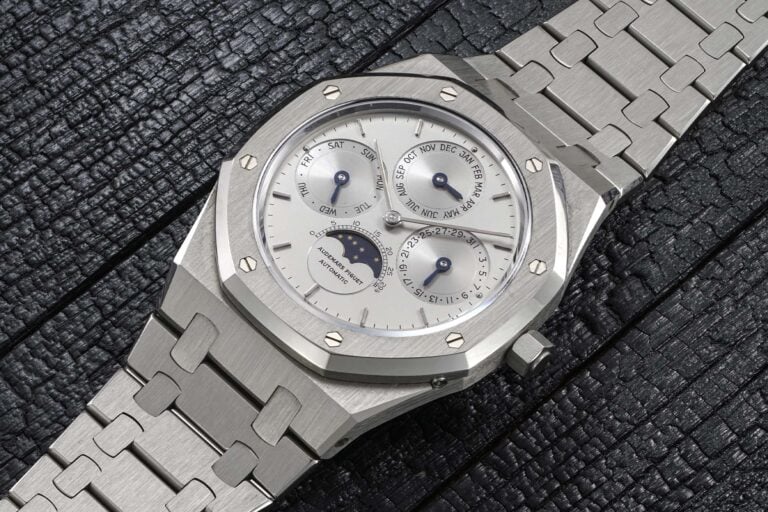
1 response
This doesn’t belong in any “Petrolhead Corner”, this is the antichrist for petrolheads.
This is even worse: it’s even ruining innocent little children!! Children could work on (or at least help when working on) small proper engines etc., but this thing is robbing them of even that learning experience.